|
Supermarine Spitfire
PR type A/B/E
Cotton Club 1939-1940
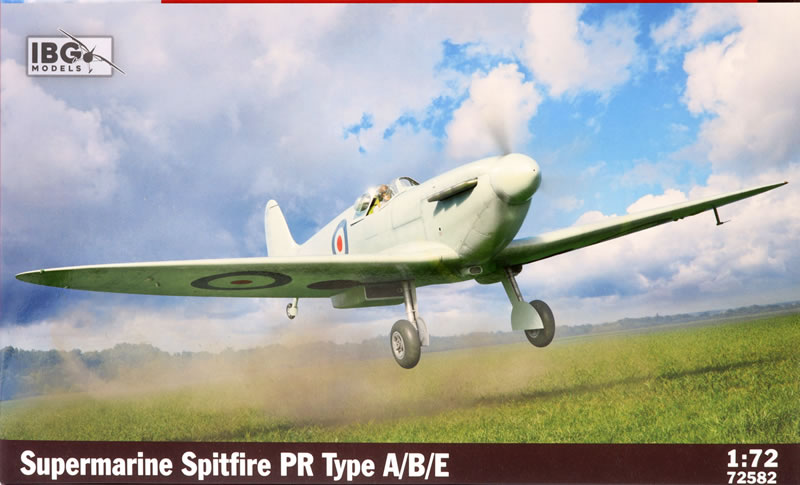
IBG, 1/72 scale
S
u m m a r y |
| Catalogue Number: |
IBG Kit No. 72582 - Supermarine Spitfire PR type A/B/E Cotton Club 1939-1940 |
| Scale: |
1/72 |
| Contents and Media: |
348 parts in grey coloured plastic; 46 parts in clear; one brass photo-etched fret; 3d printed resin main wheels; markings for four aircraft. |
| Price: |
24,38 € Euro plus shipping available online from IBG's website
GBP£21.59 EU Price (GBP£17.99 Export Price) plus shipping available online from Hannants |
| Review Type: |
FirstLook |
| Advantages: |
High level of detail; busy surface
features including crisply recessed panels and subtle recessed rivet lines where
appropriate; includes 3d resin and brass photo-etched parts; interior details including fuselage fuel tanks; separate parts for different styles of closed and open canopies; many options. |
| Disadvantages: |
None noted. |
| Conclusion: |
IBG releases another impressively detailed rendition of a classic fighter in 1/72 scale. |
Reviewed by Brett Green

Even before the first Supermarine Spitfires reached frontline squadrons, the Air Ministry recognised their potential for photographic reconnaissance. The Spitfire’s clean lines, high speed, and excellent ceiling made it ideal for the dangerous work of unarmed, high-altitude photo sorties.
The first dedicated reconnaissance versions were converted Mk I airframes by the RAF’s Photographic Development Unit under the direction of Squadron Leader Sidney Cotton. The initial Type A Spitfires, N 3069 and N 3071, were stripped of guns and carried a single vertical F.24 camera behind the cockpit. The Type B also deleted all guns but installed two vertically mounted cameras in the fuselage. The removal of armament and radio allowed for extra fuel tanks, extending range and endurance—vital for deep-penetration missions over enemy territory.
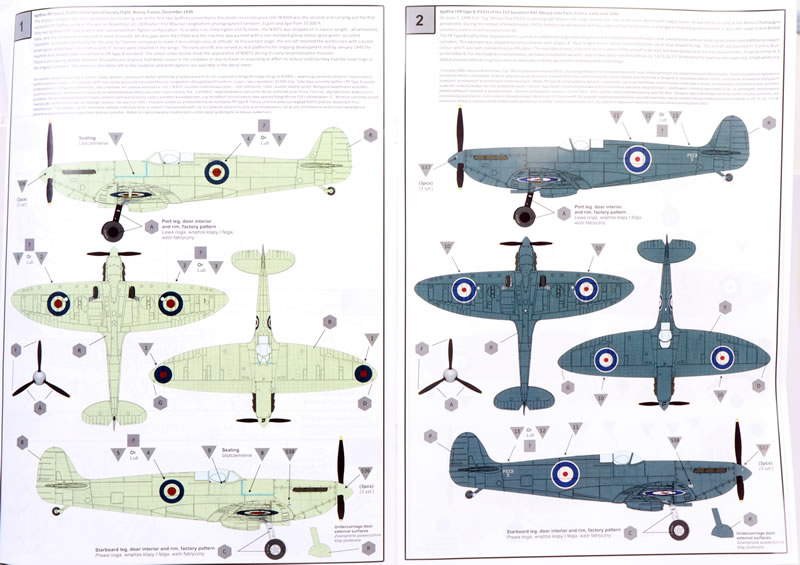
By 1941, lessons learned from these early conversions culminated in the Type E, based on later Mk V airframes. These featured improved camera installations, a refined oil-cooler arrangement, and additional internal fuel capacity. They could operate at altitudes above 30,000 feet and photograph targets deep within occupied Europe, bringing back vital intelligence that shaped RAF Bomber Command operations and Allied planning.
These pioneering PR Spitfires set the template for a distinguished lineage that stretched through the PR Mk XI and Mk XIX—proving that the Spitfire’s elegant form was as valuable with a camera as it was with guns.
Early PR Spitfires in 1/72 scale
Early photo-reconnaissance Spitfires have long been underrepresented in 1/72 scale, but several kits and conversion options now make accurate PR Type A, B, and E builds achievable for enthusiasts.
The Type A and Type B variants—converted from early Mk I airframes—can be tackled using Airfix’s 1/72 Spitfire Mk I as a solid foundation. The smooth, gunless wing of the Type B can be replicated by filling and sanding the gun ports and ejector slots, while the small camera ports may be carefully drilled into the rear fuselage. Pavla and CMK have produced resin camera bay inserts and long-range fuel tanks suitable for these early conversions.
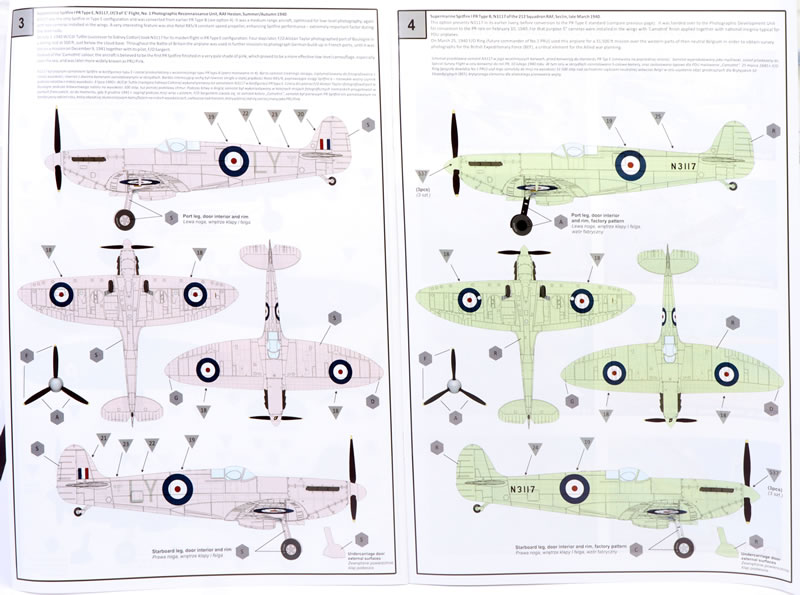
For the Type E, based on the Spitfire Mk V, Tamiya’s 1/72 Mk Vb or the newer Airfix Mk Vc offer ideal starting points. Specialist resin sets from Alley Cat and Brengun provide correct camera fittings, fairings, and the enlarged oil cooler typical of the PR machines. Some modellers have also adapted Eduard’s Mk V kits for a more refined finish, blending aftermarket components with kit-supplied detail.
However, we have not yet seen a dedicated 1/72 scale kit of the Spitfire PR Type A, B, or E.
Until now...
IBG has launched an all-new family of Spitfires in 1/72 scale.
Their second release is the 1/72 scale Spitfire PR type A / B / E.
IBG's 1/72 scale early PR Spitfire comprises 174 parts in grey coloured plastic, 46 parts in clear, one brass photo-etched fret, two 3d printed resin main wheels and markings for four aircraft.
Although the parts count may look daunting, a large number of optional parts remain on the sprues so the actual parts count should be quite manageable.
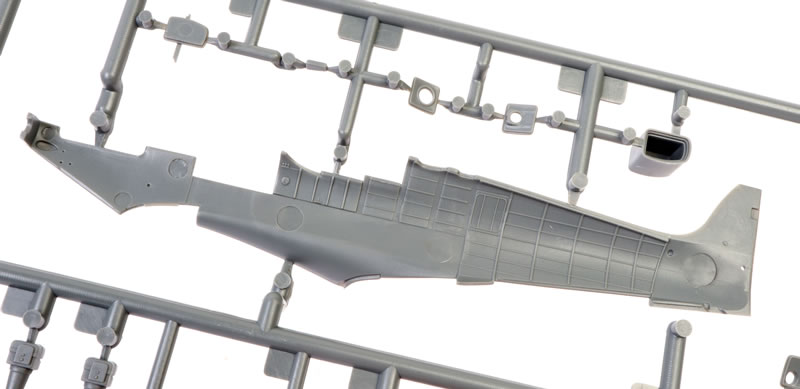
IBG supplies all the unique characteristics of these early PR Spitfires including cameras, unique windscreend and canopy with its large bulges on the side, camera fairings, the cameras themsleves and even the big auxilliary fuel tank inside the mid-fuselage.
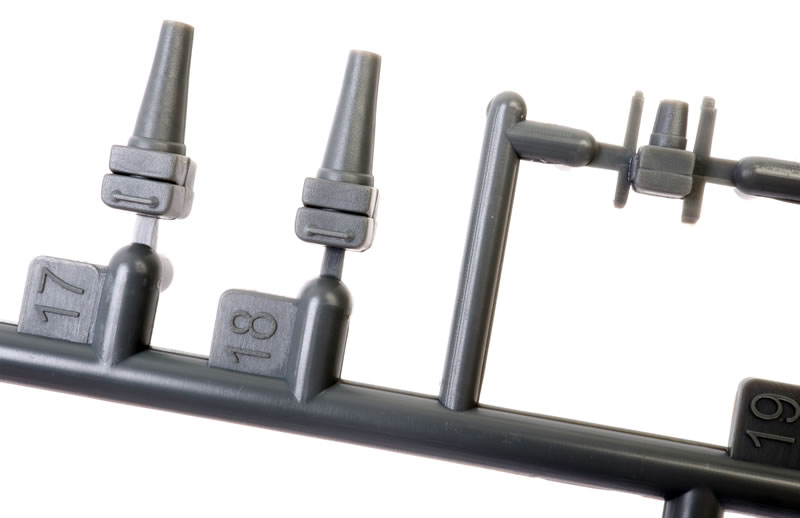
A pair of 3d printed seamless main wheels are also included. These feature lovely detail on the hubs, subtle bulgings and flattening and raised lettering on the sidewalls.
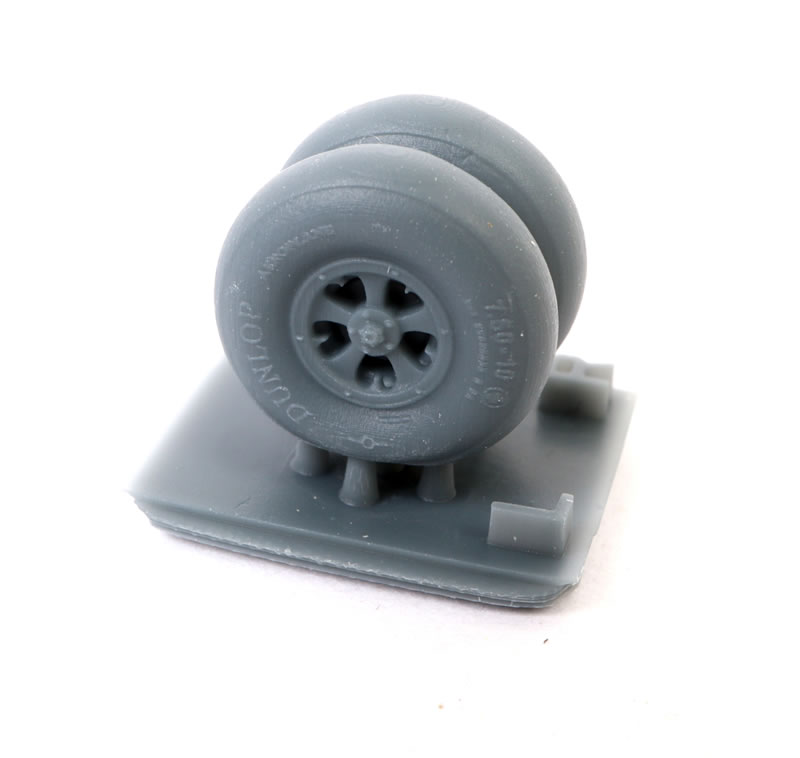
The fuselage halves and the two sets of wings look great.
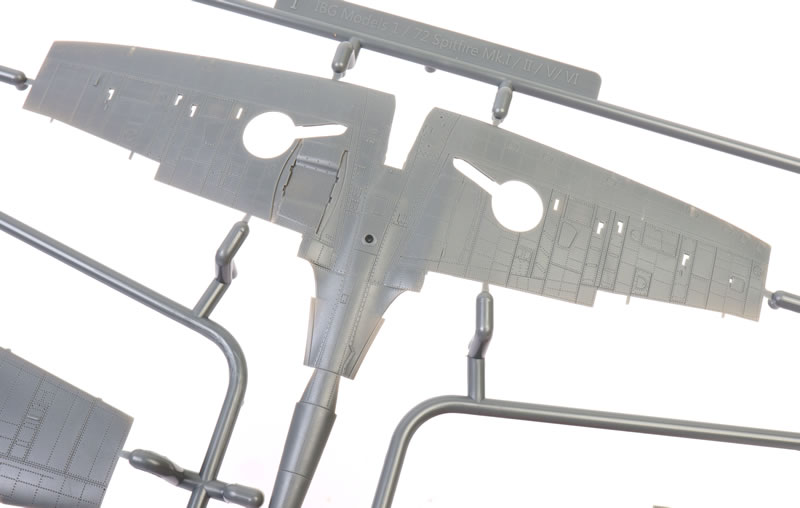
The wings are moulded as one full-span lower section and separate port and starboard upper halves.
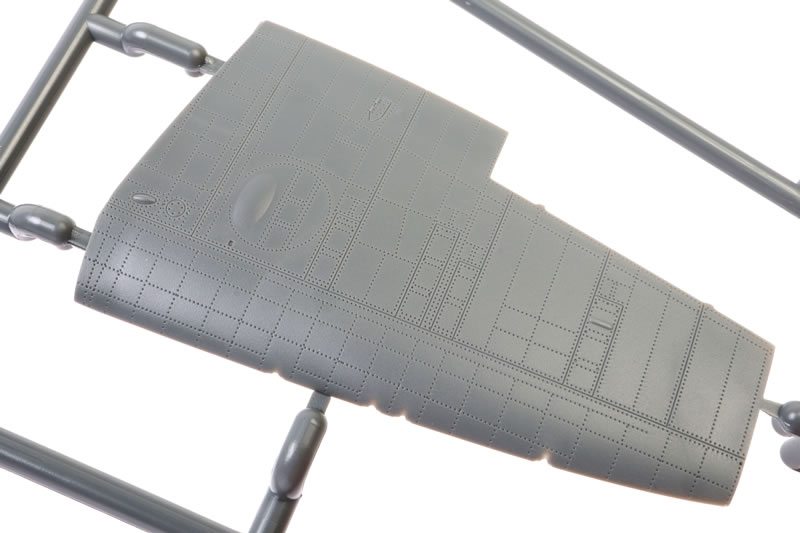
The upper wings feature the kidney shaped bulges to accomodate the main wheels. Machine gun access panels are moulded shut.
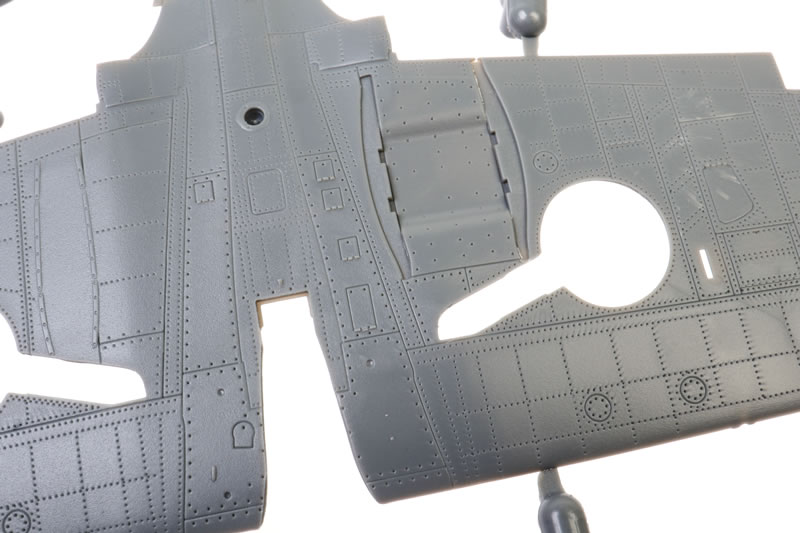
These bulges are correct on production machines up to the Spitfire Mk.Vc
Detail
IBG combines plastic, 3d printed resin and brass photo-etched parts in this offering, delivering a high level of detail straight from the box.
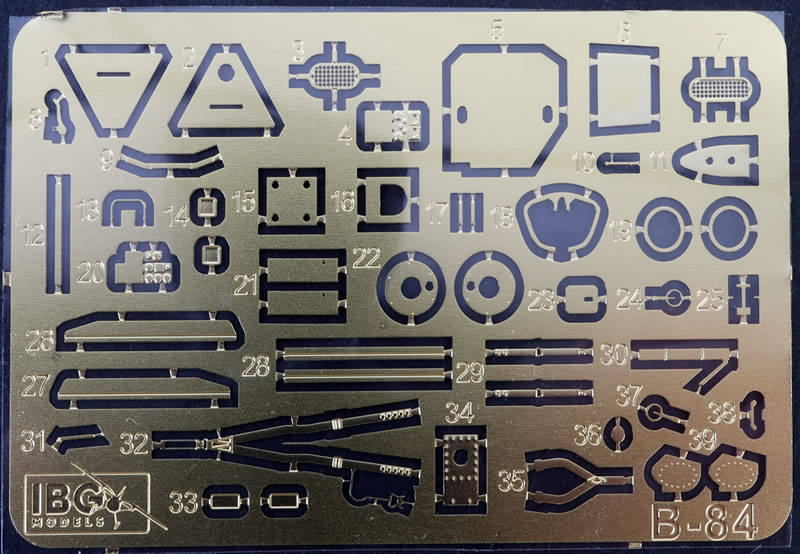
The plastic instrument panel features raised bezels and a decal instrument dial layover.
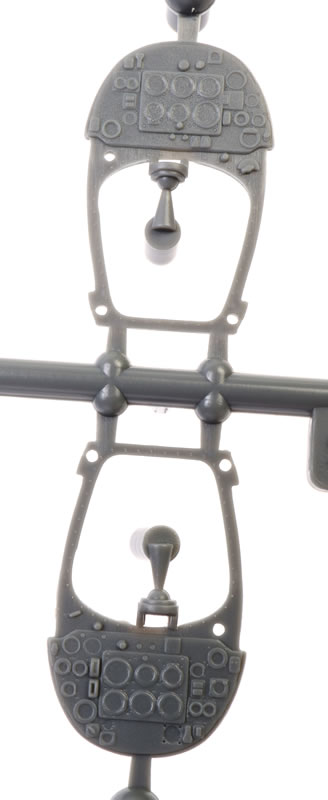
The rear bulkhead may be built with or without the pilot's head armour.
Early manual undercarriage hand pump and later hydraulic controls in the cockpit are included. Some sources state that the manual system was fitted to the entire Spitfire Mk.I series, while others suggest that it was replaced on the production line after about 600 aircraft were built.
The wheel wells and undercarriage parts are really well detailed.
Engineering and Options
The kit is broken down conventionally. The fuselage is full-length with the upper and lower cowling parts, radio access hatch and rear upper cowling being inserts to the main fuselage halves.
The lower cowl is separate too.
The wings are also moulded without inserts.
Ailerons, elevators, rudder and flaps are all separate.
The elevators are moulded as separate parts.
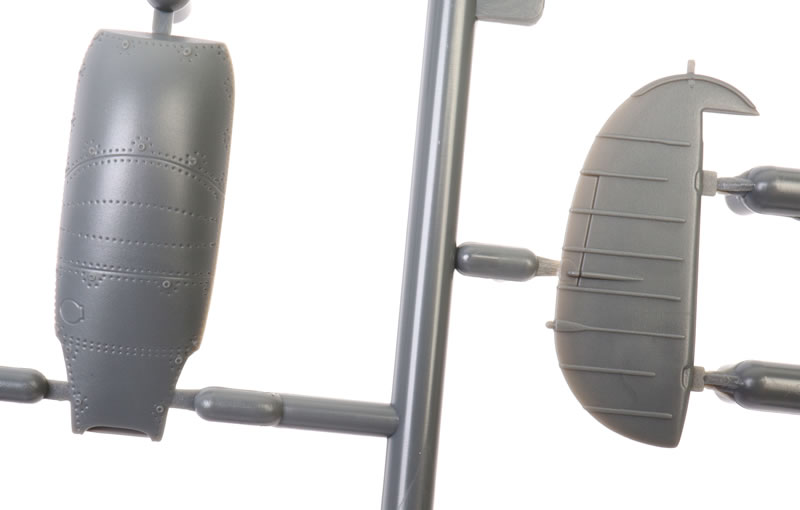
Other options include a choice of three styles of propeller - two-bladed Watts with optional spinner caps, deHavilland or two-speed metal Rotol (although don't confuse these with the later wide wooden Rotol blades fitted to the Spitfire Mk.II and Mk.V. I understand that these are metal Rotol blades only fitted to a limited number of Mk.I Spitfires), smooth or radial tread tyres, two styles of canopy, alternative antenna masts and fuselage tank sealing strips.
The canopy side door is a separate part too, with the option of posing the door open or closed.
The clear parts are free from distortion and quite thin.
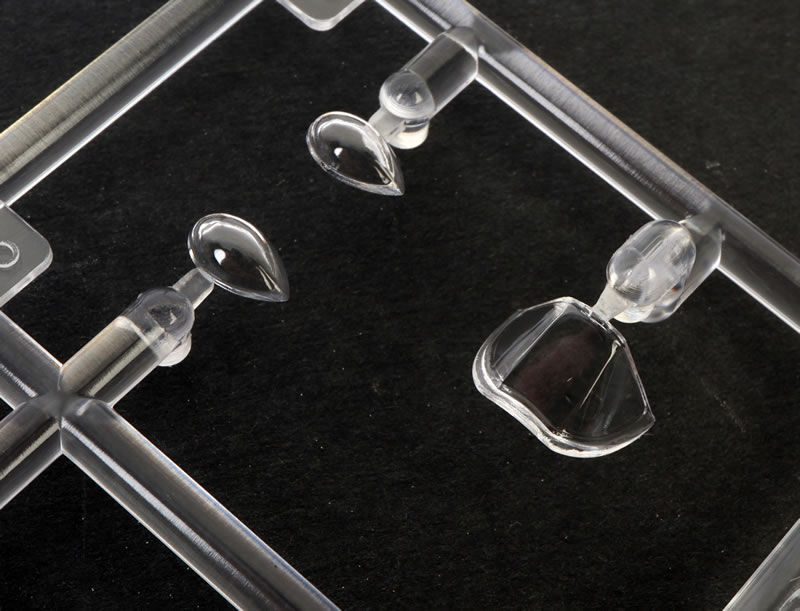
The closed canopy options comprises a combined sliding section and rear section, while the open canopy supplies a separate sliding section to sit over the rear clear part.
Surface Detail
If you have have admired the surface detail on any of IBG's recent releases, you won't be disappointed with this one.
Panel lines are crisp, fine and even. Lines of rivets are also present.
The rivet lines seem to follow the pattern applied to the full-sized aircraft.
My big studio lights and close-up images make some of the recessed rivets look heavy, but they really are impressive at normal viewing distances. Paint will make a difference too.
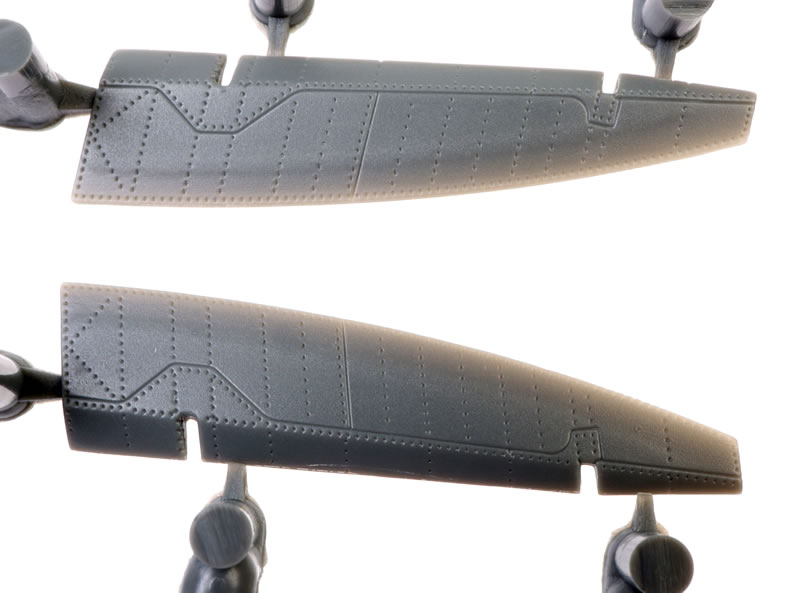
The rivets are visible on the real aircraft too, but the degree of prominence will depend on a number of factors - the gloss level of the paint, lighting, weathering, the angle and distance of the observer and more.
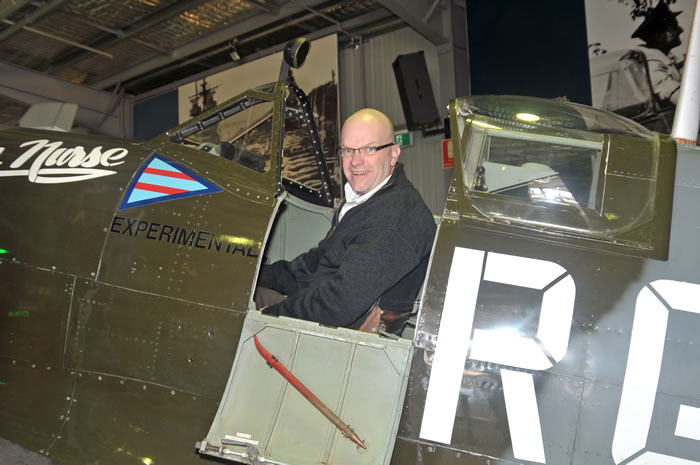
These photos show the airworthy Spitfire Mk.VIII at the Temora Aviation Museum taken during a visit in 2009. Granted, this example is glossy and restored but the rivet patterns are very obvious when viewed close-up.
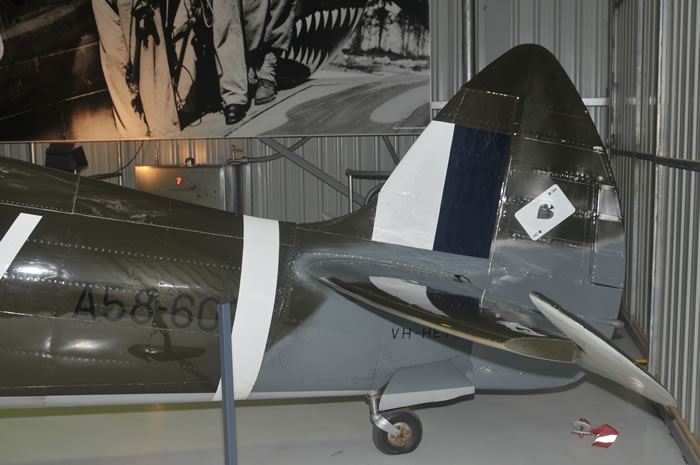
Just like on the real aircraft, after a coat of matt paint and putting a little distance between the observer and the model, the rivet detail will be much subtler unless you decide to emphasise it with washes and other weathering techniques, but that is entirely your prerogative!
In my opinion, these are nicely restrained and I will definitely leave them all in place.
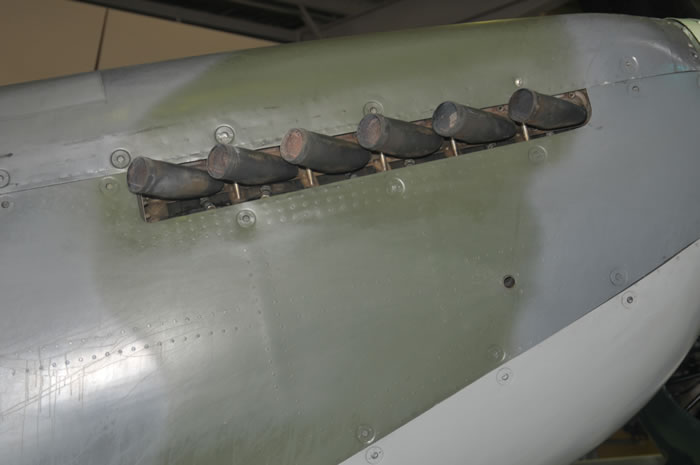
The fasteners are visible on the real aircraft (this time Temora's Mk.XVI, which features flatter paintwork) but if the kit representation is not to your taste it will be a simple matter to sand them down.
Fabric detail is equally impressive, with strip and stitching texture beautifully presented on the control surfaces.
Markings and Instructions
Camouflage colours for these photo reconnaissance specialists are particularly appealing—ranging from early overall Camotint or Sky Blue to the later, high-altitude PRU Blue. With careful detailing and subtle weathering, these sleek reconnaissance Spitfires make a distinctive and historically significant addition to any 1/72 collection.
For this release, IBG has supplied markings for four varied schemes in overall Camotint, PRU Blue and Pink.
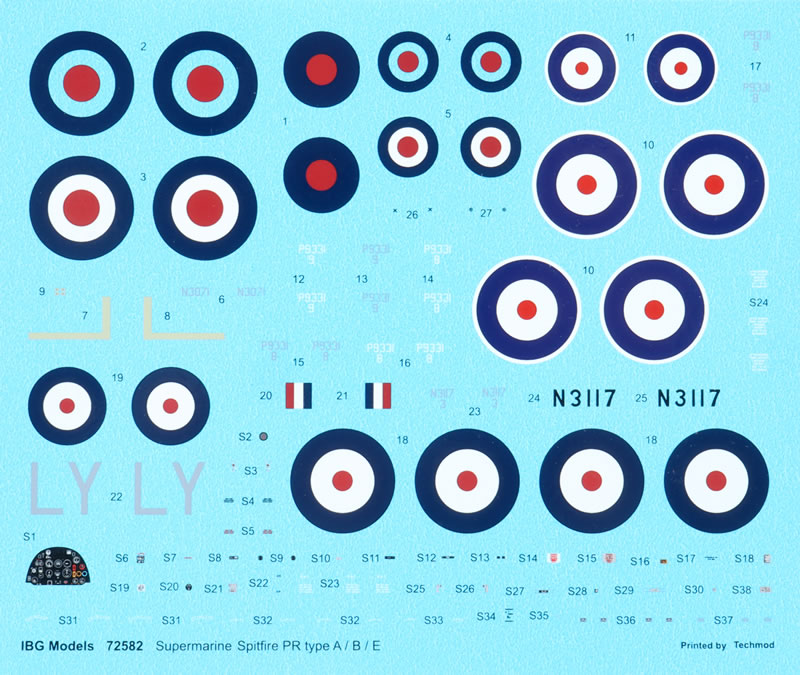
Decals are printed perfectly by Techmod
Two full sets of stencil markings are included too.
The 16 page instruction booklet is bursting with details for assembly, options, stencil and marking guides and much more.
The marking guide delivers four-view full colour illustrations plus historical coverage for all four options.
The three bonus markings is a nice touch too.
Two sets of self-adhesive die-cut masks round out the package.
IBG has delivered a big response worthy of this most iconic symbol of the Battle of Britain.
It is great to see IBG's high level of detail and surface texture treatment on their all-new Spitfire Mk.I / II.
The inclusion of options that allow different versions of early PR Spitfires is very welcome too.
Highly Recommended.
Thanks to IBG for the sample
Review Text Copyright © 2025 by
Brett Green
Page Created 10 October, 2025
Last updated
13 October, 2025
Back to HyperScale Main Page
Back to Reviews Page |
